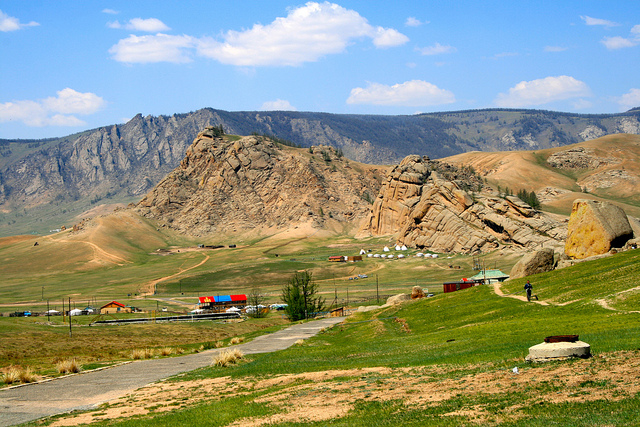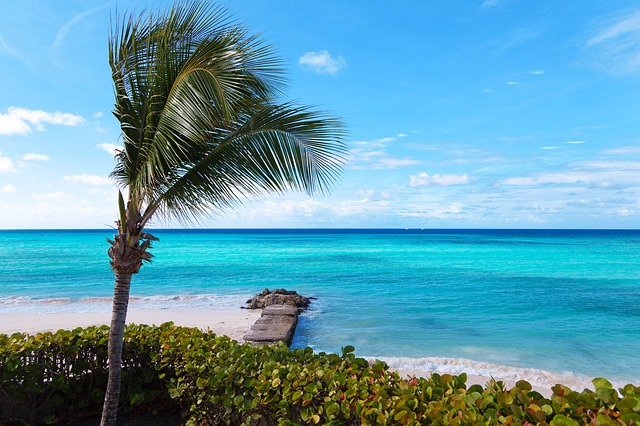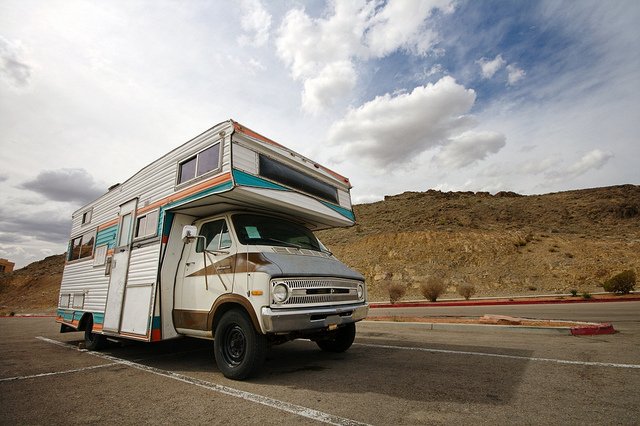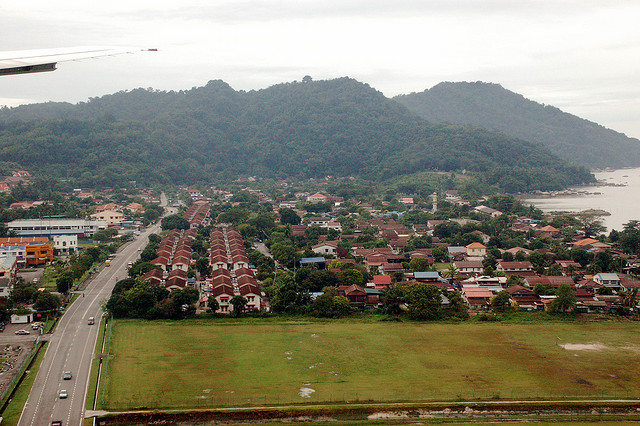When I fly internationally, I’m usually thinking more about my destination than about the airports I’ll stop at on the way. But sometimes, like when planes are delayed or when I want to plan an extra-long layover so I can do some sightseeing between flights, the airport becomes not only a waystation between cities but an attraction in itself. So, the next time you plan a trip through Southeast Asia, why not route your flights through one of these, the area’s best airports?
1) Changi Airport, Singapore
Airport code: SNG, Passengers: Accommodated 46.5 million passengers in 2011
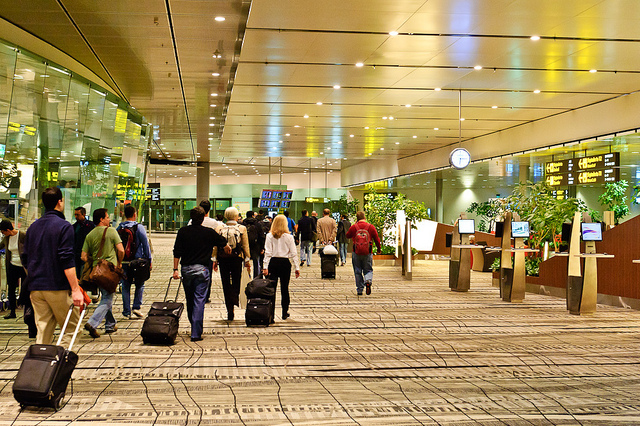
If there’s ever an airport to want to spend more time in, it’s Singapore’s Changi airport. Boasting three spacious terminals, Changi not only has free wifi and free lounge areas (called, fittingly “oases”) with comfy, cushioned reclined seats, but it also has restaurants to fit a myriad of budgets and palates. Have a long layover? Don’t just sit at the gate—there’s a free movie theater, a free butterfly garden, and a recreation area where you can play provided computer games. Artwork, orchid gardens and koi ponds make this one of the world’s most relaxing places to rest between flights. If you feel like paying for your entertainment, you can also have massages, toss your kids down a long slide, visit a bar for a quick drink, or take a dip in the rooftop swimming pool.
When you do finally have to leave Changi, gates and terminals are easy to navigate to your next flight. Or, going into the city? The mass rapid transit system will take you right downtown.
2) Suvarnabhumi Airport, Thailand
Airport Code: BKK, Passengers: About 53 million passengers each year
Bangkok’s main airport (Dong Mueang is now the budget option) is a beautiful, modern glass-and-steel structure that’s easy to navigate. Before security, ride the unique moving walkways between levels to access restaurants, cafes, and fruit vendors. After the security gates, hungry travelers who need some sustenance before they fly can also find a few restaurants and cafes in the mid- to upper-price range and a selection of fast-food joints.
To pass the time at Suvarnabhumi, passengers can ogle items on display for duty free shopping (though some of it seems just as expensive as the taxed goods you’d get in a mall in Bangkok), or try out the free wifi available past the security checkpoints.
To get into Bangkok or out to another city in Thailand, tourists have the option of taking the normal or express Skyrail train to the downtown, or hopping in a minivan or bus to destinations further afield. There are also a huge range of budget hotels near the airport which offer shuttle pickup as well, so check with your accommodation if they can get you after a long flight.
3) Hong Kong International Airport, Hong Kong
Airport Code: HKG, Passengers: About 53 million passengers in 2011
Flying in to Hong Kong International Airport, which is located on Lantau Island, offers dramatic views, so if you’re lucky enough to be headed to Hong Kong try to book a window seat.
Hong Kong’s airport is extremely busy for its size, and it runs efficiently despite the chaos of many arriving flights. For passengers killing time, there’s free Wi-Fi once past security, and a few paid options for it outside, for example at Pacific Coffee.
It’s a good airport for sprucing up in the middle of a long-haul journey: If you need a shower, there are a few traveler’s lounges that offer a reclined seat and amenities for a few hours, but they’re not the cheapest. There’s also a simpler showering option in the passage between terminals 1 and 2.
For long layovers or strange flight timings, you might be able to work in a movie or other entertainment while you wait. In Terminal 2, there’s an IMAX movie theatre, an arcade, and of course, some last-minute shopping opportunities.
To get into town with public transportation, take the express monorail or the bus. If you’re heading over the border to mainland China, from arrivals head toward the trains, then take the underground passage to Terminal 2.
4) Kuala Lumpur International Airport
Airport code: KUL, Passengers: About 37.5 million passengers in 2011
The airport is about an hour outside of Kuala Lumpur proper, so, when departing, make sure you have given yourself enough time to get there. There’s a high-speed train from town, but most people catch cabs. Be sure to check your tickets before you tell the driver where you’re going–most budget flights depart from the Low Cost Carrier Terminal (LCCT), which is about 20 kilometers from the premium carrier terminal.
Although the premium and Low Cost terminals are technically part of the same airport, they look and feel very different. The premium terminal has a shiny, shopping-mall feel and has more eateries and fast Internet available for travelers, while the LCCT is more focused on function than form, but is still clean and adequate for visitors passing through the region on budget airlines. For meals at the LCCT, try the food hall removed from the main building, past the buses going to town. If you have to switch terminals, there is also an inexpensive shuttle bus that goes between the premium terminal and the LCCT.
Check out where to stay in Southeast Asia.
